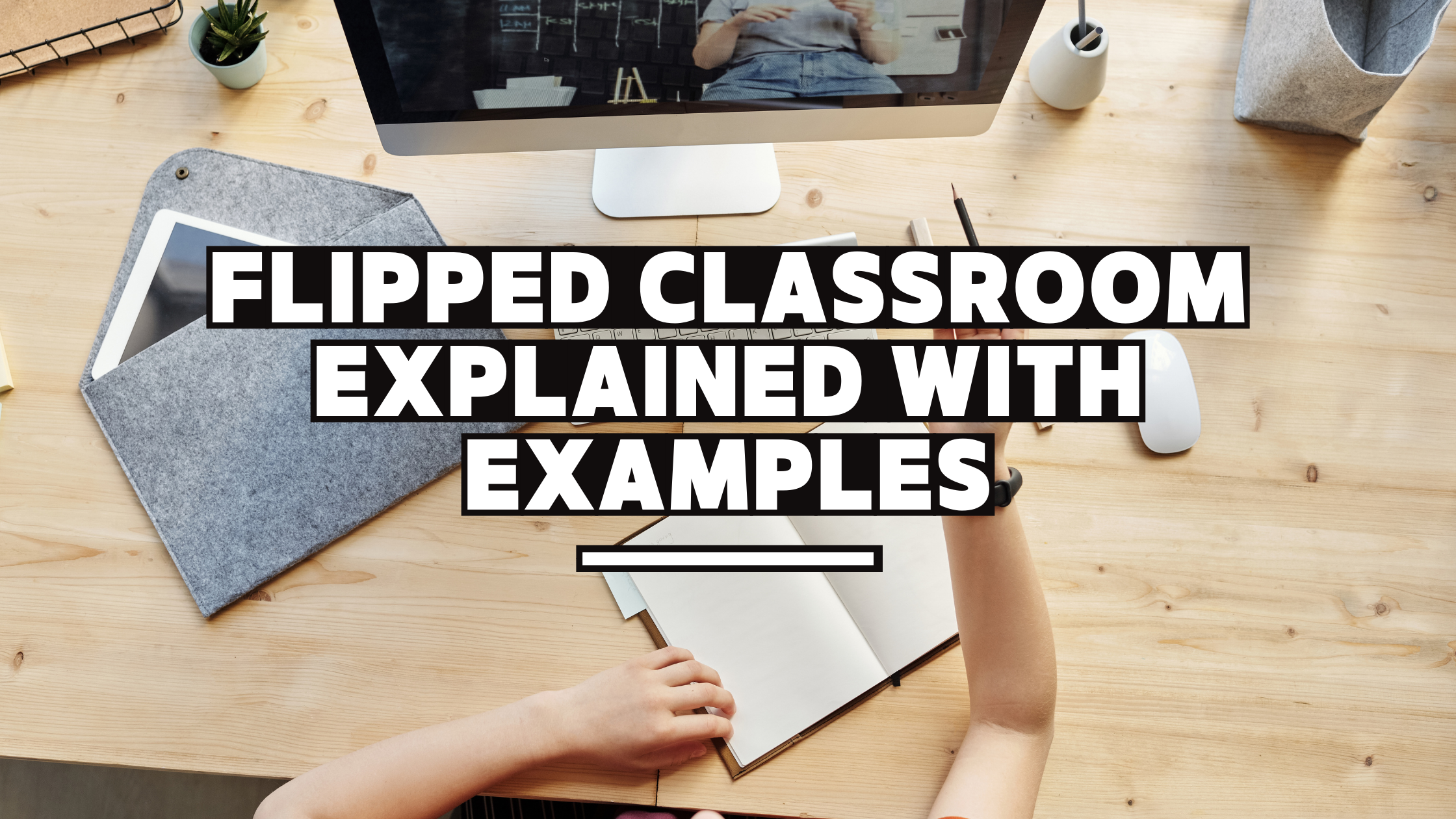Lecturers, professors, teachers, and educational institutions have been coming up with new ways to conduct lessons since the pandemic began.
There are a lot of factors that go into creating a conducive learning environment, especially with Covid. There are numerous teaching styles as there is no one-size-fits-all approach to learning.
In recent months, Noodle Factory has talked about various teaching methods and concepts including universal design for learning, blended learning design, and AI intelligent tutoring systems.
If you have yet to find a suitable solution for your classroom, the flipped classroom could be the answer to your problems.
What is a flipped classroom, exactly?
As you might've guessed, the flipped classroom is a model where you reverse the typical lecture and homework elements.
There is a three-phase approach to the flipped classroom:
Pre-class: Identify and understand key concepts
Teachers will provide students with course material before the class begins so that students can self-learn at their own pace and identify which concepts they need help with.
In-class: Apply and analyse key concepts
Instead of teaching using one fixed method, teachers will be able to hold group discussions to help students with concepts they are struggling with.
Post-class: Assess and evaluate key concepts
Equipped with new understanding, students will be able to reassess the concepts at home and approach their homework or revision with confidence.
This means that in flipped classrooms, the teachers’ traditional role shifts from teaching to leading and encouraging discussions.
Flipped classroom: Example #1
In a traditional classroom setting, the teacher will use the same material and method to teach every student in class, regardless of their individual abilities and learning styles.
Teachers will know that this isn’t the most effective method because one student may understand, one student may be lost, and an advanced student may be bored.
When the students go home and start doing their homework, one student may be able to complete their homework, one student may be confused, and another student may breeze through it.
Although educators know that students have different needs, it simply requires too much time and resources to cater to everyone individually in a traditional classroom.
That’s where the flipped classroom comes into play.
Since students are able to watch video lessons before class, they’re able to go through the material at their own pace, whether it is slower, normal, or faster. They can also rewind and rewatch concepts they struggle with.
This learner-centred teaching approach allows students to seek what they need from their teachers and classmates. Some students may check on their progress with other students, some students may get help from teachers, and other students may ask for more advanced material.
Key advantages of a flipped classroom
- Increased student ownership, responsibility, and confidence
- Increased interaction in the classroom among teachers and students as well as students and students
- Suitable for home-based learning as pre-class, in-class, and post-class materials can be prescribed and accessed online
The takeaway on flipped classrooms
As the focus in the classroom is on learning, it only makes sense that we shift towards learner-focused styles of teaching to help every student.
If you’re interested in learning more about incorporating the flipped classroom method into your learning platform, feel free to contact the Noodle Factory team here!
You can also augment the flipped classroom experience by equipping your online learning platform with live chats, discussion forums, and AI tutoring buddies, so your students will be able to collaborate and ask questions to better understand the topics.
